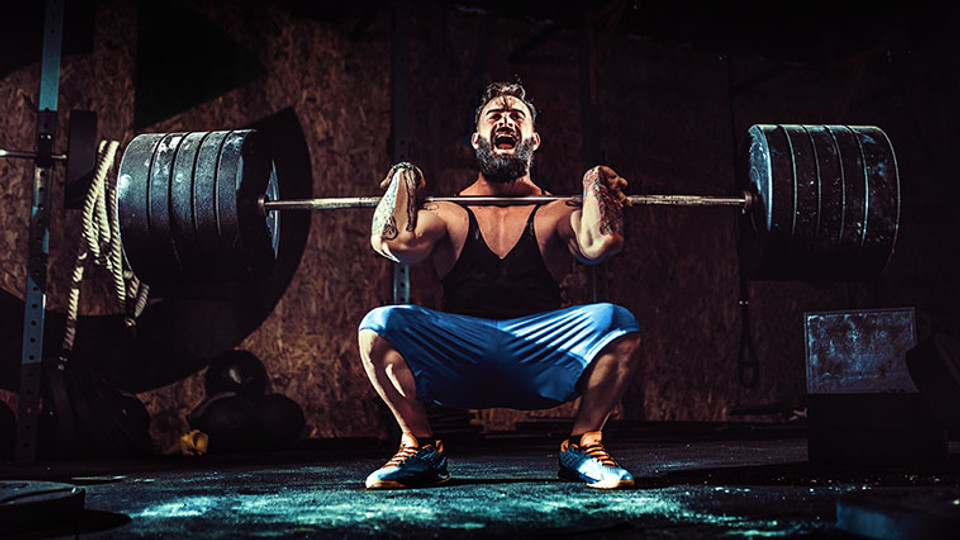
It’s always been common amongst competitive lifters: Strongmen, Olympic lifters and powerlifters are no stranger to the concept. Now, however, it’s becoming more and more common to see the message on the gym floor, on YouTube channels, and on internet forums accessible to all:
We need to breathe and brace.
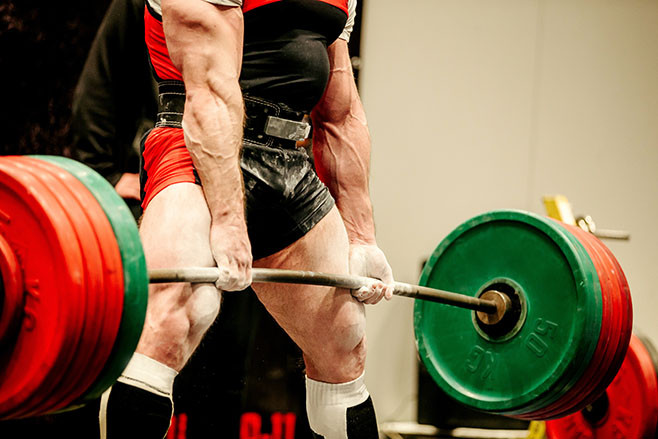
The power of the breathe and brace
To demonstrate the power of the breathe and brace, let me tell you a familiar story. Someone can leg press 500kg, but they can only squat 180kg. They’re the same muscles being used in both cases: glutes, quads and hamstrings work together to support and push that weight. You will no doubt have found yourself in a similar situation.
What makes those numbers so different? Mechanics, in short. The leg press is more mechanically stable than the squat. What this amounts to is saying that the thing failing your squats is not your leg strength, but your mechanical integrity. This is always going to happen: you will never find somebody who can squat more than they can leg press. But we can close this gap by increasing core, and thus mechanical, integrity.
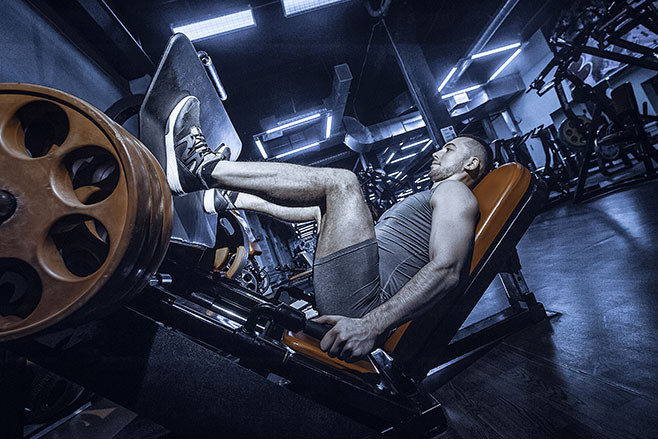
This is what mastering the breathe and brace will do for you.
Your core section has two functions, broadly speaking. Let’s call the first ‘redistribution.’ It redistributes tension and load, enabling you to stabilise through your lifts. The stronger the core, the more stable the lift. The second is ‘redirection’- the ability to redirect force. The power generated in your lower body can only be redirected upwards through a strong and stable core. The stronger and more stable that core is, the better that force can be redirected upwards.
Bracing your core adequately is the only way to do this.
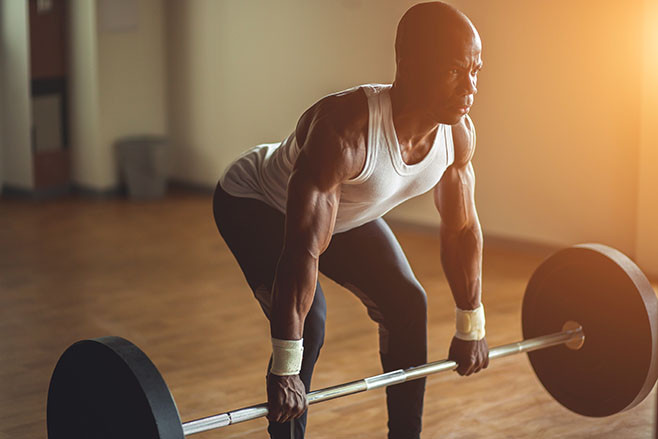
An analogy
One of my favourite analogies (and a lot of my formative knowledge on the subject) comes courtesy of Maryland’s strongest man and owner of Neversate Athletics, Brian Alsruhe.
Think of a soda can. Before it’s open, it’s relatively strong. You could place a heavy object on top of the can, with the can upright, and it likely won’t buckle. Shake up that can, and you can place even heavier objects on it.

The metal of the can hasn’t changed: it hasn’t grown stronger or denser. It has just been reinforced by the pressure contained inside it.
Open the can. Better yet, empty it. Then try to support something on top. The can will buckle.
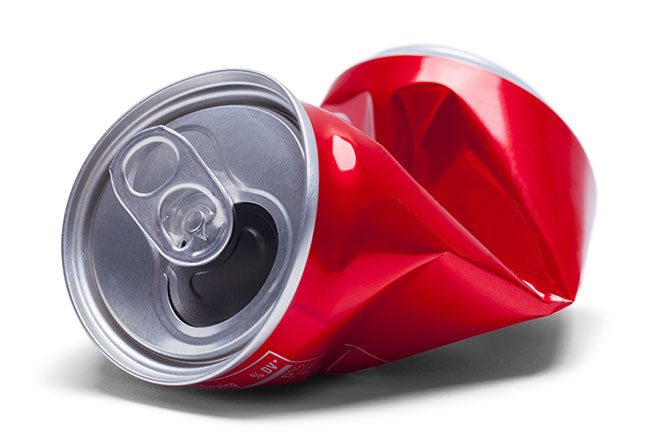
Keep your core tight, and the same muscle mass that buckled under load before will be able to withstand- and move- a great deal more. Release your tension, and you will buckle like an empty can. It’s that simple and that brutal.
Breathing and bracing: how to do it
We see core bracing all the time. Every time you watch somebody executing their lifts with a belt on, this is what they’re doing: reinforcing their core stability. We can achieve a similar result by breathing and bracing.
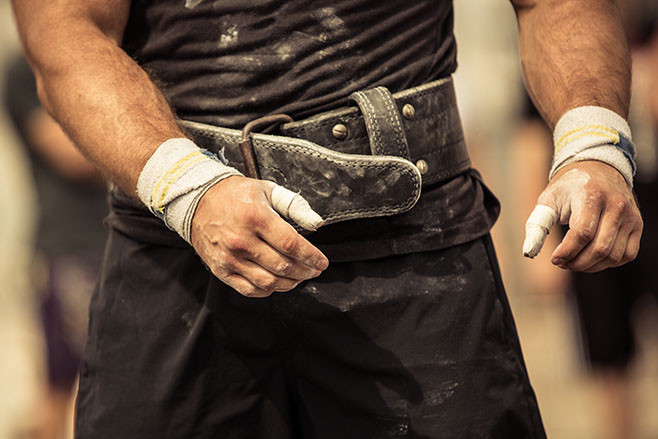
To brace effectively, you need to fill your trunk section with pressure. Do this using your diaphragm, in large part.
First, tighten your stomach as if you’re about to be gut-punched by Lennox Lewis. This should be an almost automatic, fight-or-flight kind of reaction. When you’re here, with your core tight, breath in deeply. I mean, deeply, into your stomach. When you feel like you can’t breathe in anymore, inhale. Take a few more in-breathes, until you feel like you will burst.
(I’d like to point out something here about the direction of breathing. If you inhale whilst mentally picturing your head, you will feel a great swelling of pressure in your temples. You’ll go a beautiful shade of purple and won’t be awake for very much longer. Top tip: instead, picture breathing into your stomach so that you can better handle the pressure.)
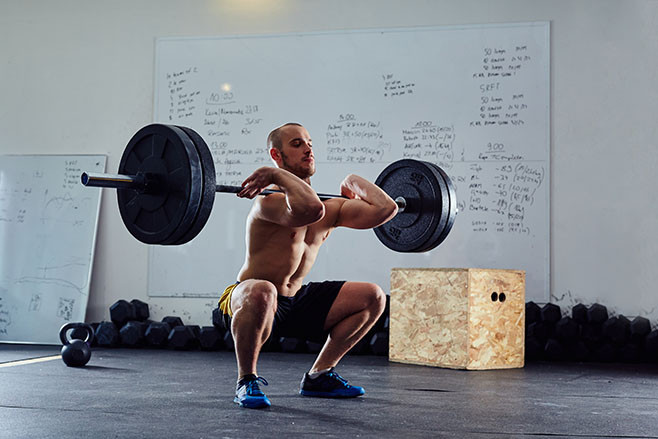
Force this pressure outwards in all directions, tensing your core as best you can. It won’t come naturally the first few times, and it won’t be a light switch that just comes in. It’s a skill to be practised and honed (I know I’m still far from perfecting it, but I get a little better month-by-month.) Over time, as you become better at breathing and bracing, those lifts that were impossible before come into reach. Your numbers will go up and you will find that the strength you’ve always had in your limbs can finally be translated over onto the barbell.



